PLAYING WITH FIREBRANDS: Amplifying Student Voices in Public Education
Andrea Cameron’s master’s thesis, Playing with Firebrands, explores student agency in education. Inspired by the work of progressive educators and student-centered design, the motivation was to incorporate principles from progressive education into public education. The objective was to take the best practices in privatized education and make them accessible to public schools.
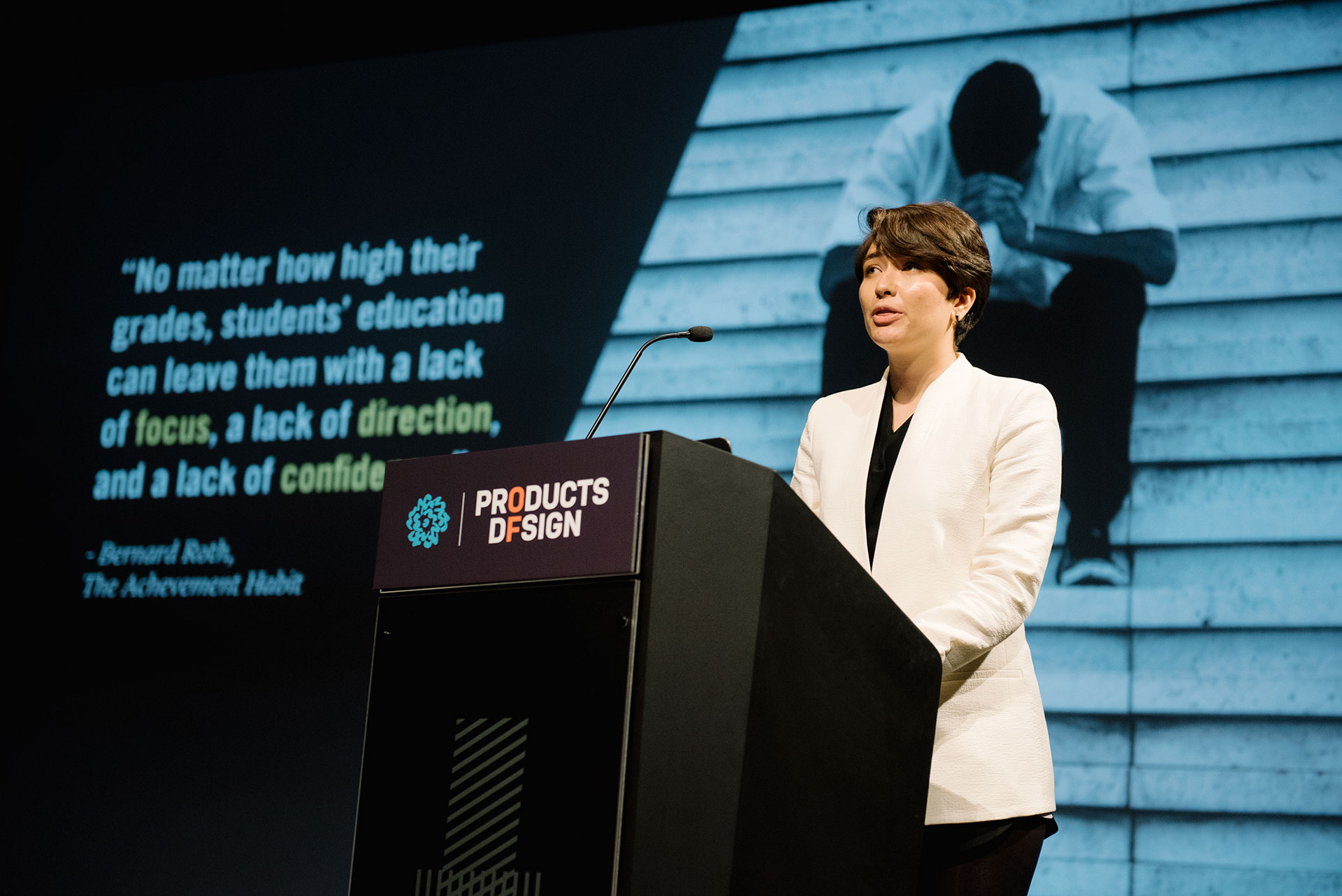
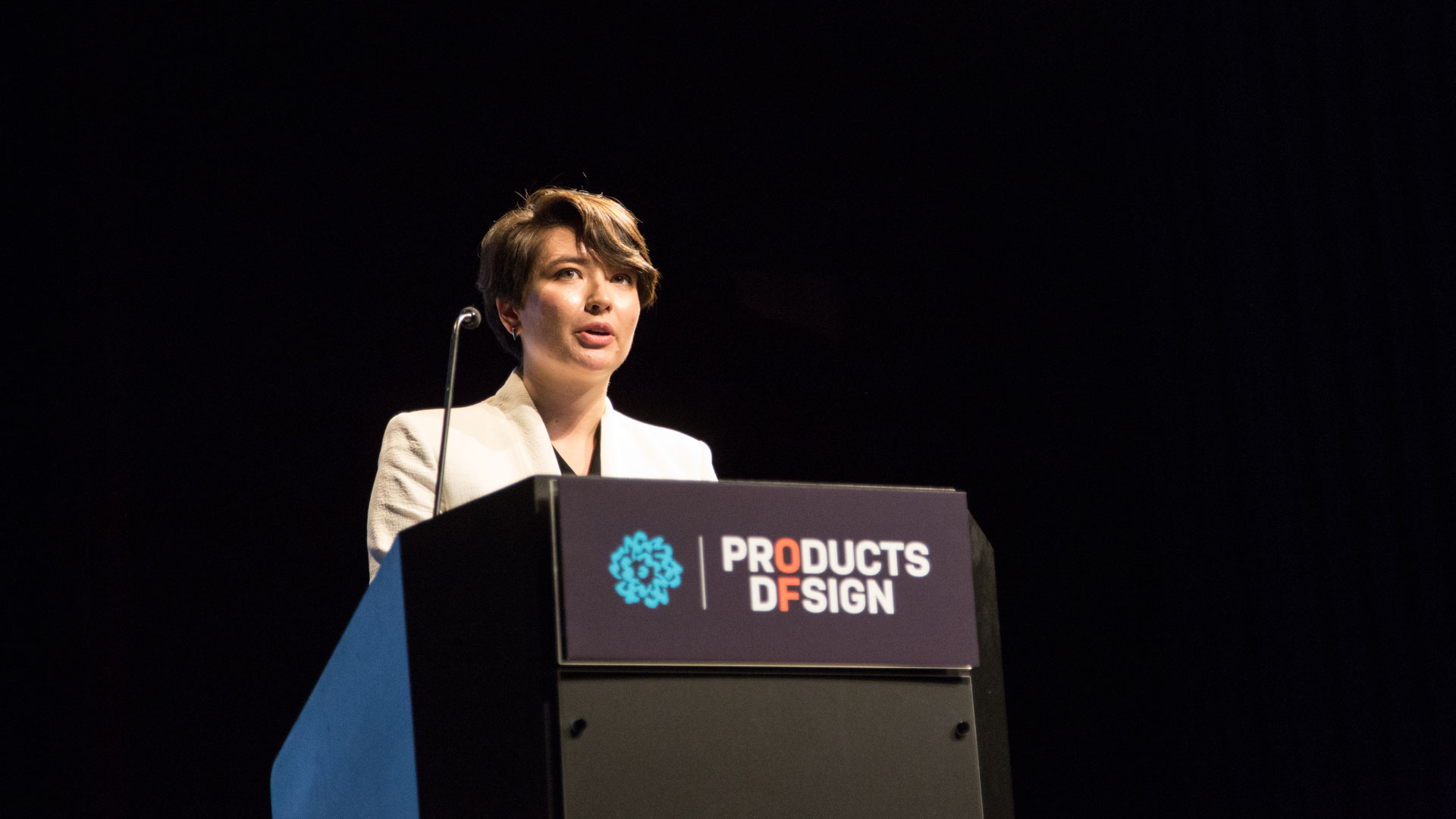
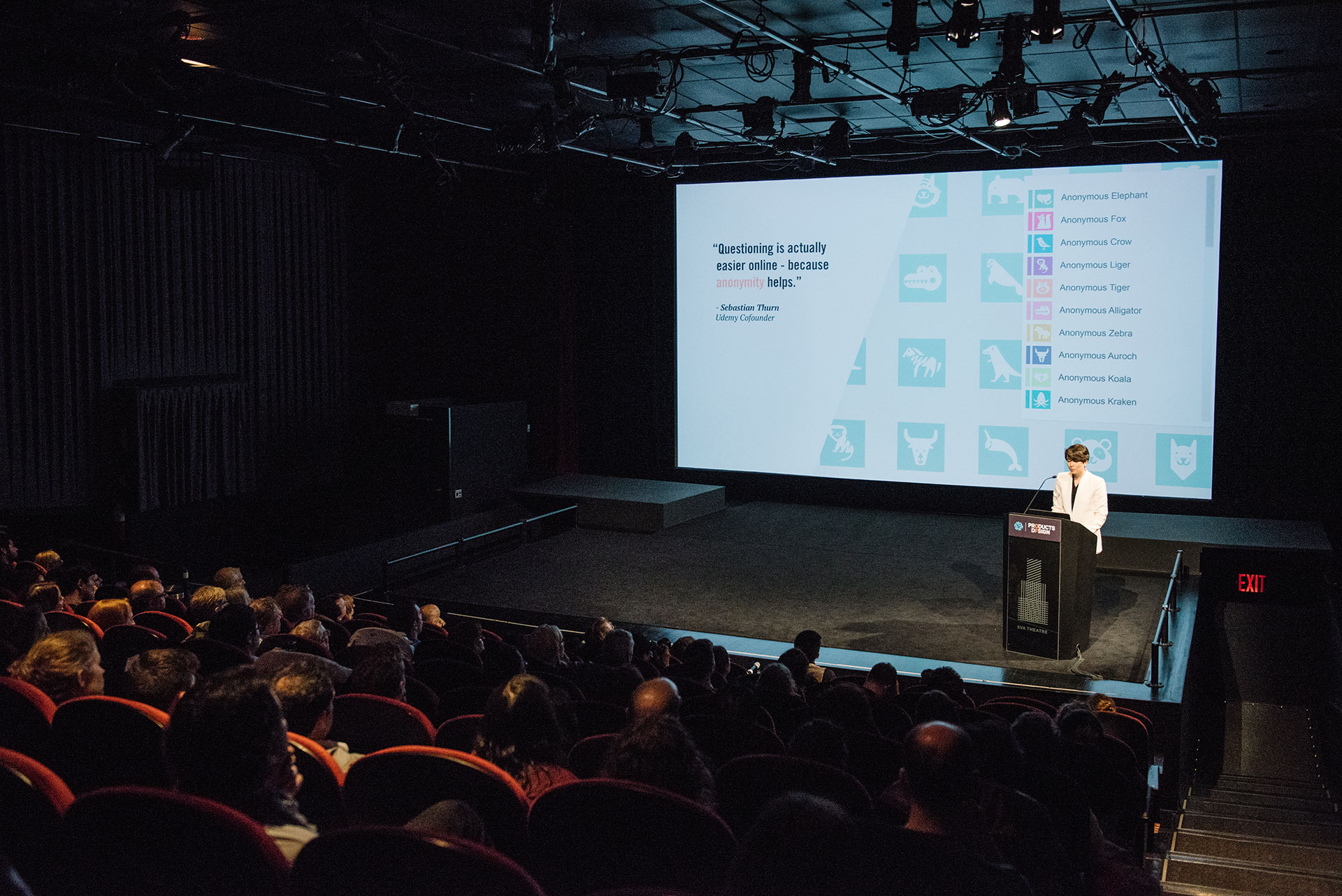
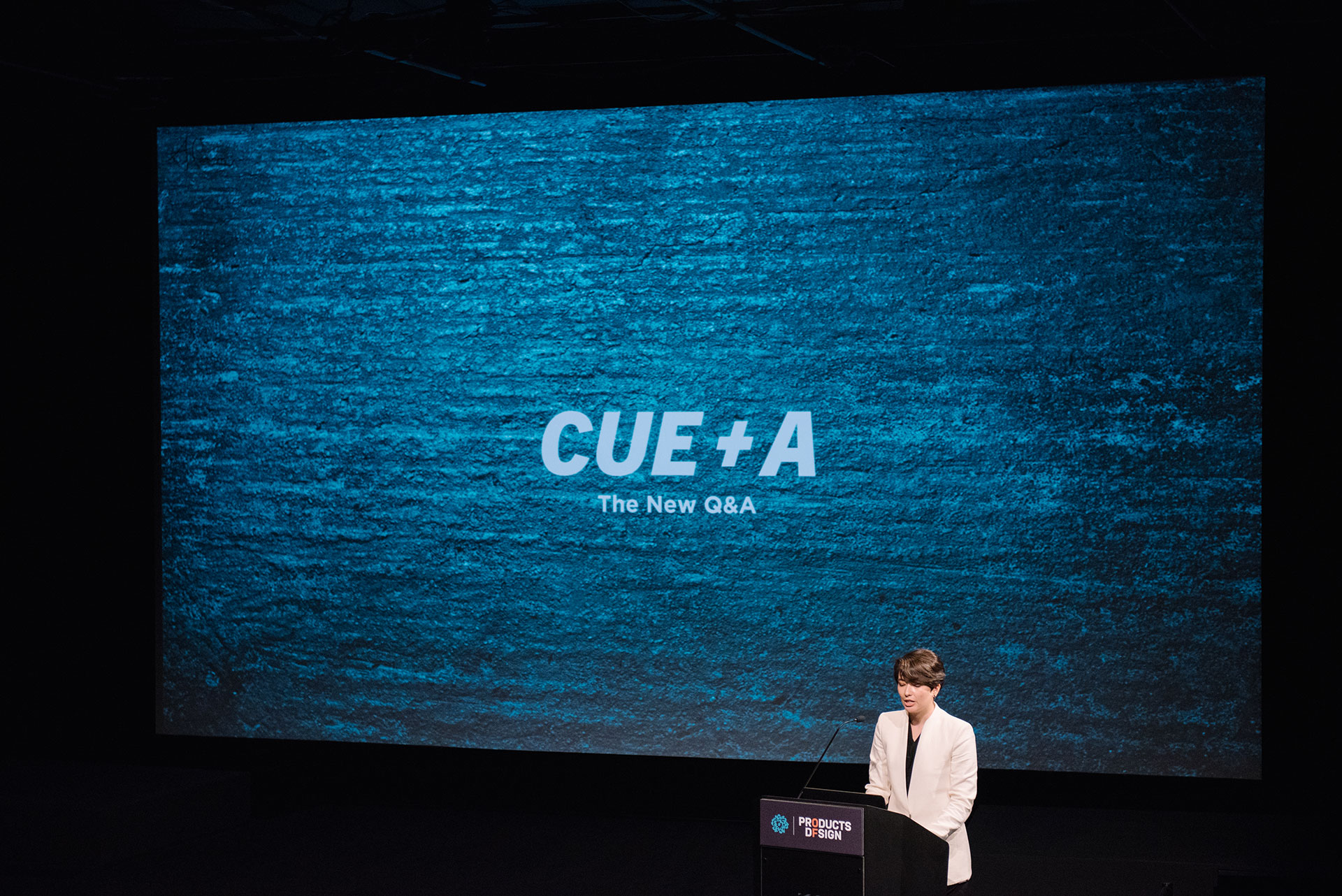
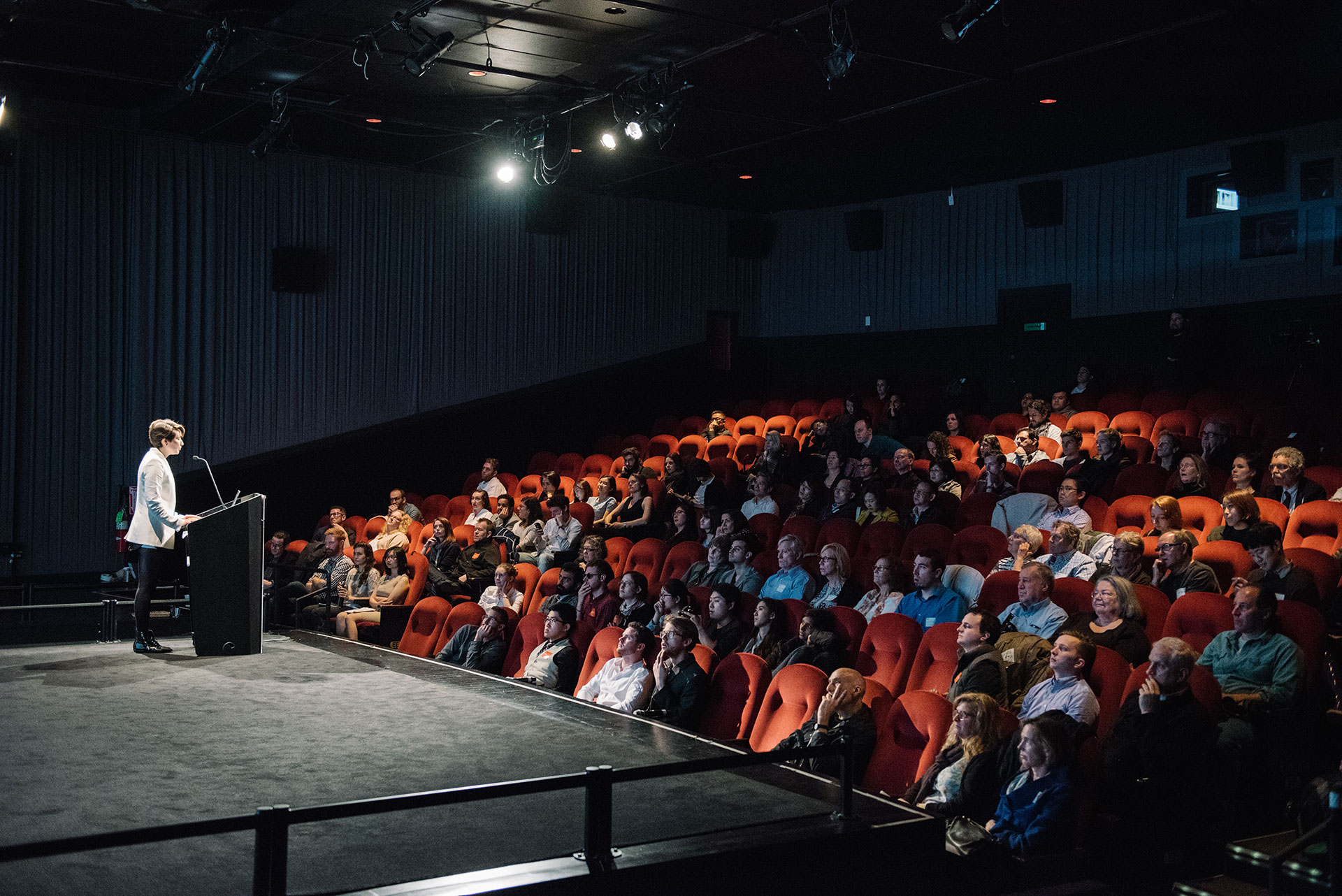

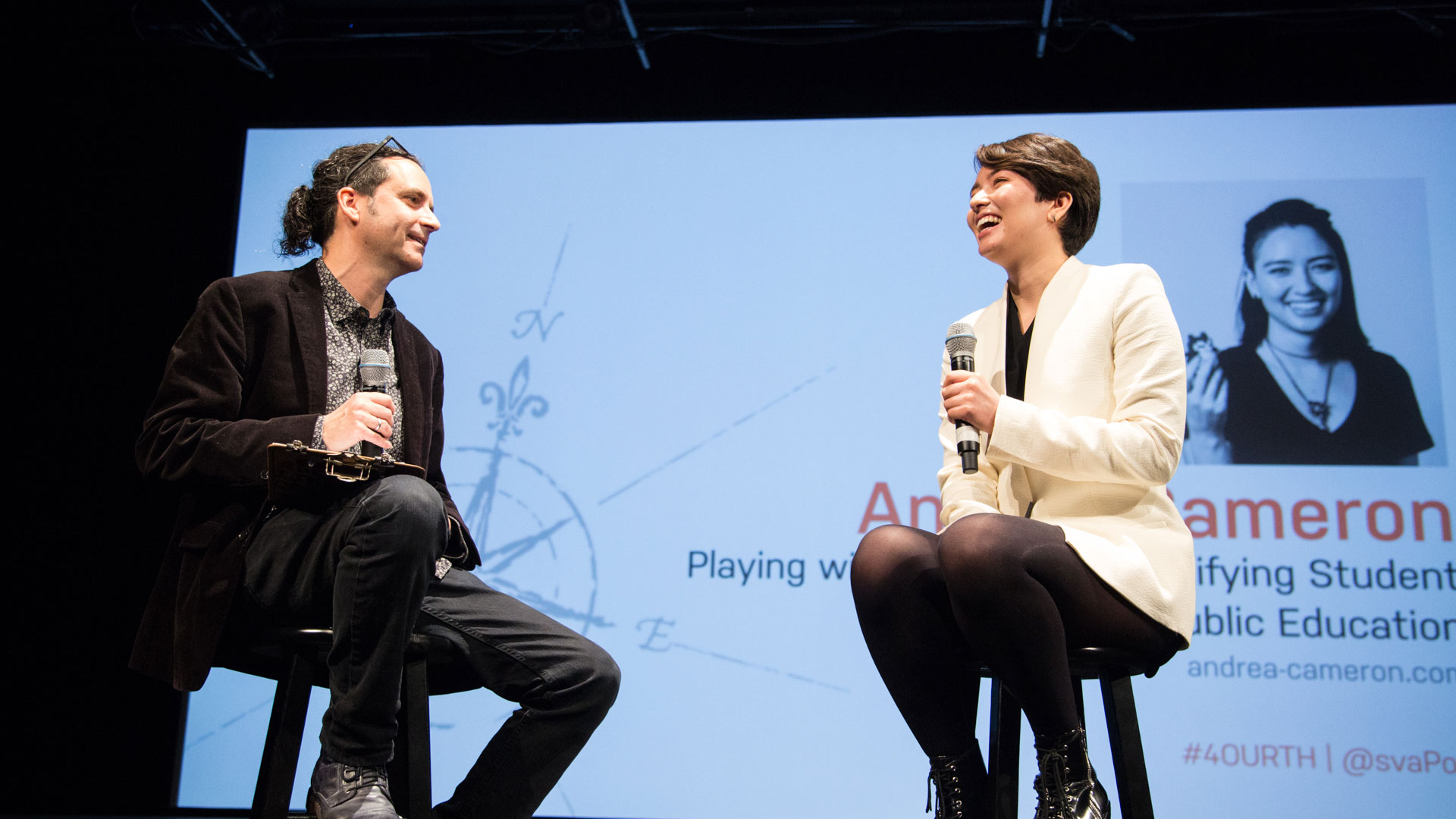
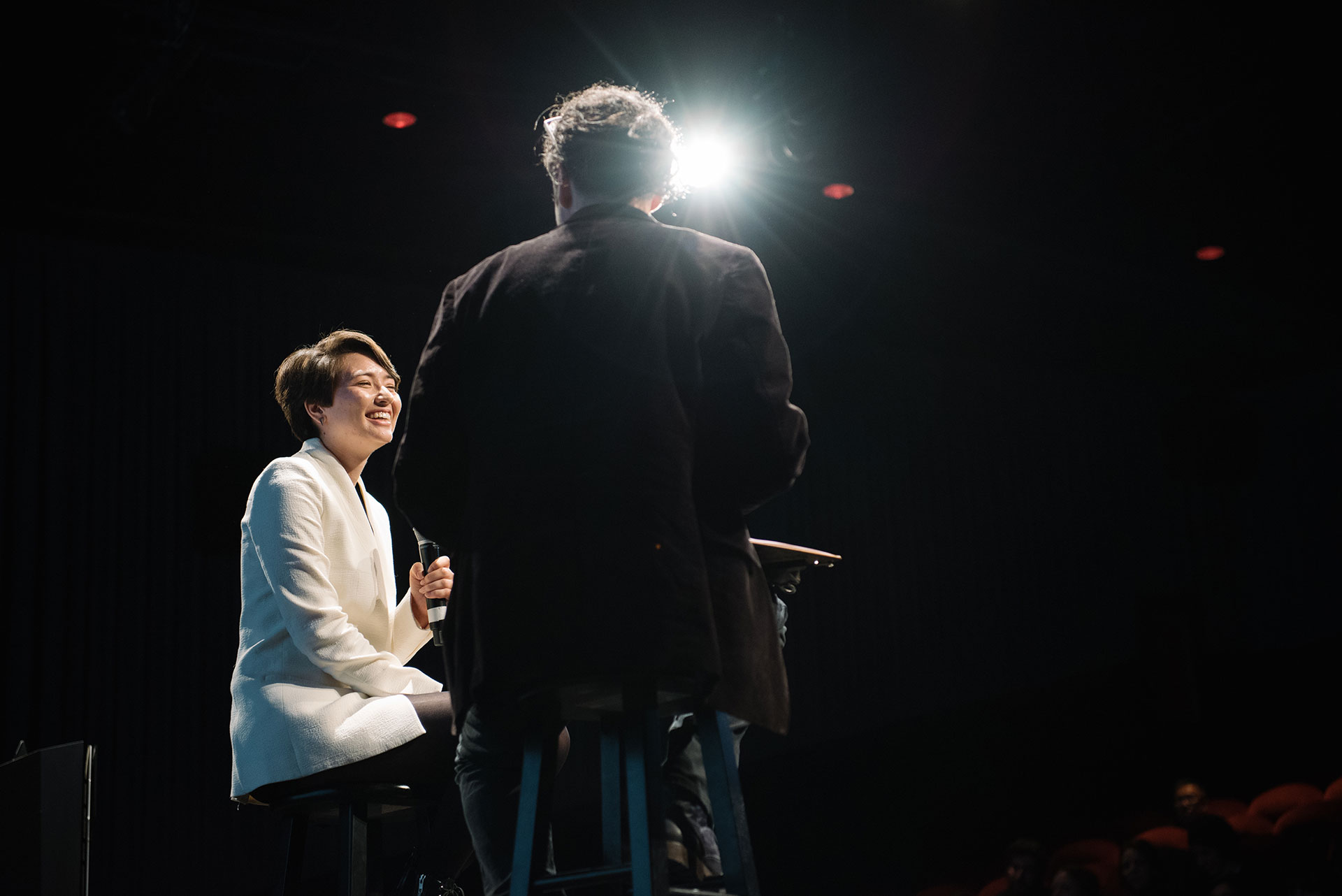
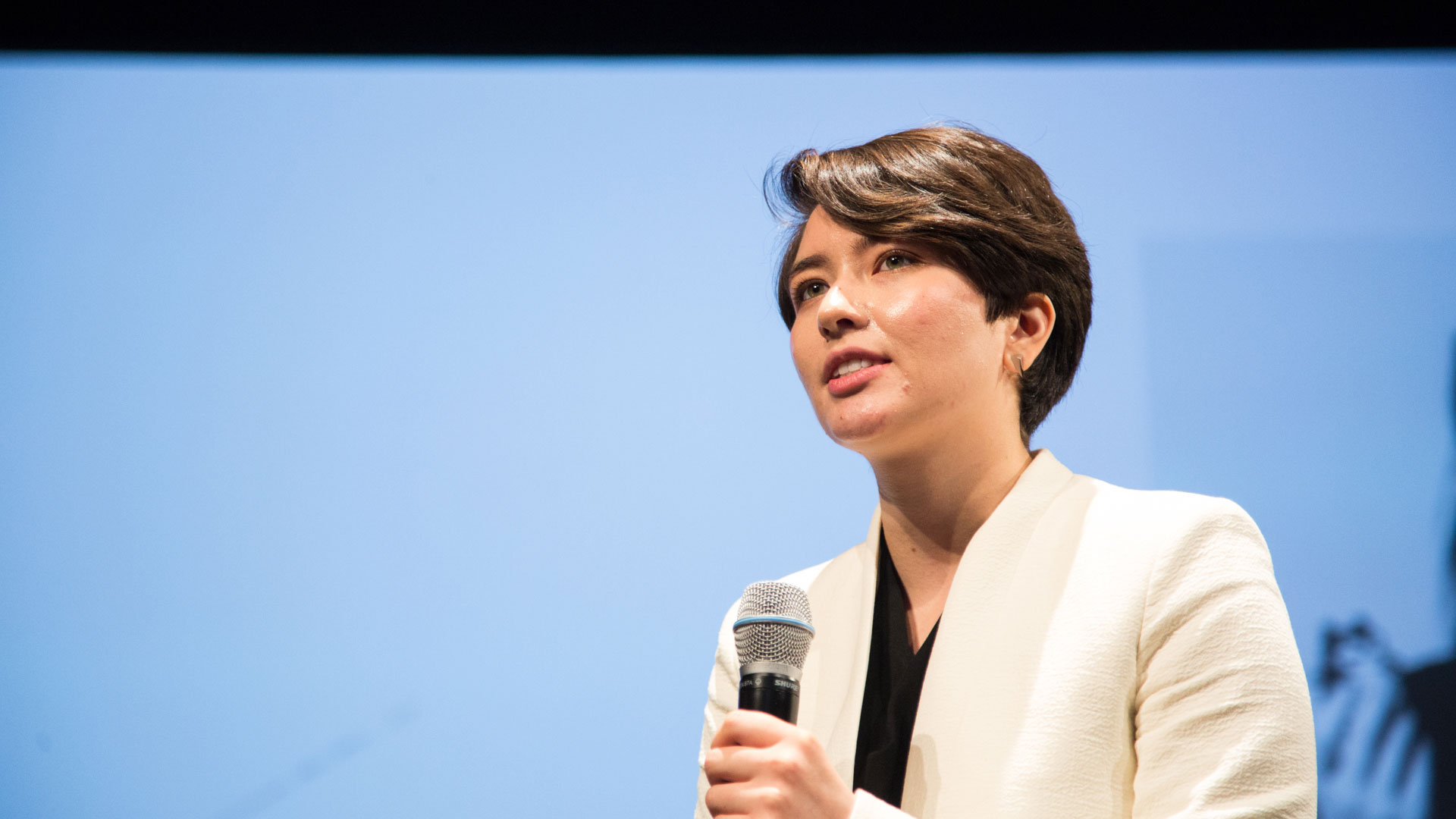
"One of the main problems with U.S. public education system is that it is built on an outdated model called 'behaviorism'", Andrea argues, "which focuses on compliance and rote-memorization. Bernard Roth, a professor at Stanford University, has found that 'no matter how high their grades are, students’ education can leave them with a lack of focus, a lack of direction, and a lack of confidence.'"
Bernard Roth’s sentiment resonated with Andrea because it mirrored her own experiences in school. When she graduated from college, Andrea was at a loss for what to do. She had spent her time in a major that didn’t suit her interests or passions, and left her without clear career prospects or motivation.
Andrea took a gap year between college and graduate school, which sparked her interest in education. She spent time pursuing interests that had fallen by the wayside during school, one of which was reading. She came across a different model for education—constructivism, where learning was perceived as an active process and relied heavily on open-ended questions.
Andrea states, “I felt I learned more in my gap year than I did in my four years of college. It shouldn’t take a gap year—which is a privilege—to have the opportunity to discover who you are and who you want to be. I wanted to bring that sense of self-discovery and wonder into public education.” This drove Andrea to design products and tools that would facilitate such learning and self-discovery.
“I felt I learned more in my gap year than I did in my four years of college. It shouldn’t take a gap year—which is a privilege—to have the opportunity to discover who you are and who you want to be.”
Inquiztr
One challenge with embracing open-ended questions is that it is in direct opposition with the education system’s focus on answers.In his book A More Beautiful Question, journalist Warren Berger states, “Most schools teach us to prize answers over questions, while generally teaching that most problems have one ‘right’ answer.”
But it does not stop at schools—our culture is focused on answers. Take Google, where the autocomplete feature suggests words after typing a single character. When the word “why” is typed in, the questions that are suggested include “why is the sky blue” and “why is calliou bald” (referencing a children’s cartoon character). This suggests that the people who ask Google questions are young children.
Andrea created Inquiztr, a Chrome Plugin that requires users to frame their search query as a question and make a guess about what they think the answer may be.
Users can then see the search results, as well as an additional sidebar that includes their guess and the guesses from all over the Internet.
Cue+A flips the script on who asks questions in education through student-proposed courses.
Cue+A
Educational curriculum is often decided from the top down, where questions are posed by the instructors, leaving students with unanswered questions, often about important topics that directly affect their lives. Cue+A flips the script on who asks questions in education through student-proposed courses.
Cue+A is a new format for Q&A where students can propose classes they are interested in and update ideas. Teachers and industry professionals then upload content in response. Cue+A feeds back into the education system in two ways: the first is it helps educators develop their own unique teaching style by developing their point of view and storytelling skills; the second is taking students' interests as springboards for curricula.
Cue+A relies heavily on video content, which was why the site supports instructors through video tutorials of its own. Andrea enlisted in the help of an expert, Michael Chung, to explore what these tutorials could look like.
Cue+A also helps educators who are not interested in developing video content for the platform, by allowing instructors to browse through the proposal feed, and then incorporate their students’ interests into the syllabus.
The feed is specific to each teacher, who can look at what’s trending in the school, or what a specific section of students is interested in.
“I always thought it was interesting how physics describes the world around us, but it’s invariably taught for situations we don’t encounter."
Center Of Attention
Is it possible to go from a student proposal to curriculum development? Andrea used one of the questions she had as a high school student to find out. “I always thought it was interesting how physics describes the world around us, but it’s invariably taught for situations we don’t encounter. I wanted to know how physics affects me personally—my body and my movements,” mentions Andrea.
Andrea reached out to her high school physics teacher and local physics teachers in Manhattan to assess the validity of her assumptions of developing and implementing physics curricula. For an outsider to the system, the first challenge is the series of approval processes from school administration and individual teachers. Teachers rarely deviate from the required curriculum, and in the case of test-based curriculums such as Advanced Placement, the spring is serious test-prep season. Instead of a physics classroom, Andrea looked to extra-curricular activities, particularly, cheerleading.
Andrea designed a workshop called Center of Attention, in which she combined the principle of center of mass with handstands, which was well suited for cheerleading. Andrea collaborated with the cheerleading coach at Columbia Secondary School, and held the workshop on March 25, 2017 during cheerleading practice.
The workshop had five steps, which were detailed out in a worksheet provided to the students:
1. Place reference markers for the body weight of individual body parts
2. Calculate the center of mass using the following equation
20 (d-x) = 50 (x)
d is the distance between the torso and thigh markers
solve for x
3. Mark the center of mass
4. Practice handstands
5. Photo analysis of handstands
The workshop was not only fun, but also a great learning experience for the girls as they were able to apply the principle to an enjoyable activity. The worksheet is available to download for free at andrea-cameron.com/thesis-work.
See more of Andrea Cameron’s work at andrea-cameron.com and contact her at acameron2[at]sva[dot]edu.











